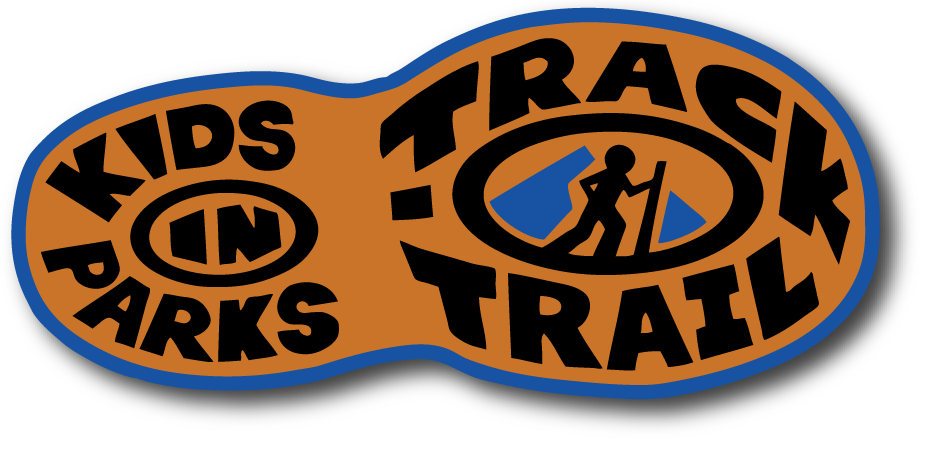Breadcrumb
- Adventure Stories
- Our Community of Critters - How we can help!
Our Community of Critters - How we can help!
The United Nations World Wildlife Day celebrates and raises awareness of the world's wild animals and plants, especially those that are endangered, threatened, or critical to the ecosystems that they live in. A critical species is called a keystone species, and they have a significant effect on the ecosystems they inhabit. Without them, ecosystems could change dramatically.
For example, look at sharks. Sharks help regulate life in the deepwater ecosystems of the oceans. They feed on fishes of all kinds, keeping the fish populations manageable and healthy. Sick and weak fish are the easiest for sharks to catch, so sharks help keep diseases from spreading among prey. Without sharks, fish would overrun the oceans, overeating plants and other food sources. Without food, not only would fish begin to die but other sea creatures as well. Eventually, these creatures wouldn't be around to shape other aspects of the ocean or fertilize plants. This is why sharks are a keystone species; we need them to keep oceans balanced and healthy.
Continued loss of species, habitats, and ecosystems threatens all life on Earth, including us. People everywhere rely on wildlife and biodiversity-based resources to meet our needs, from food to fuel, medicines, housing, and clothing. Millions of people, like farmers, also rely on nature as the source of their livelihoods.
But while we tend to focus on more popular animals during World Wildlife Day, like elephants, tigers, and pandas (who are all very important to life on earth), conservation can begin in our own, local communities. Even our backyards! Many threatened species live in our neighborhoods. Some are more at risk than we realize.
One way to grow familiar and attentive to the wildlife around you is to observe it. Go outside and watch the birds, search for insects, and take note of the plants. Are the plants native? Do the birds have safe places to nest? There are so many things to inspect to ensure the habitats around you are healthy and thriving. Below, we've provided resources to help you get started in your own conservation practices.
The Community Creature Count e-Adventure is a great activity for counting off all the animals you see. Take it with you on your next hike, or venture into the backyard, to really begin looking for animals around you. As you count, see if you recognize any of the creatures, and keep a special eye out for some of these threatened or endangered creatures.
- Peregrine falcon
- Monarch butterfly
- European honey bee
- Black bear
- Hognose snake
- Green anole lizards
- Northern flying squirrel
- American alligator
- Little brown bat
- Bald eagle
- Sea turtles
Participate in a BioBlitz
In recent years, BioBlitzing has become an increasingly popular activity in urban areas. More and more, parks and cities host Bioblitzes to help create connections between the public and the environment. Attending a local BioBlitz can be a great opportunity for kids, enhancing their appreciation of the environment while engaging them in real citizen science projects. However, BioBlitz events can't be found everywhere. So, we've provided some tips on creating your own mini-BioBlitz in your backyard! Just visit our Backyard BioBlitz blog for more info.
Grow a Native Species Garden
Big or small, a native plant garden can help improve the ecosystem of your backyard. Native plants are adapted to the local climate and soil conditions where they naturally occur. These important plant species provide nectar, pollen, and seeds that serve as food for native butterflies, insects, birds, and other animals. Common horticultural plants and practices do not properly provide for local wildlife and often require pest control to survive. Other advantages to native plants include:
- Native plants do not require fertilizers and require fewer pesticides than lawns.
- Native plants require less water than lawns and help prevent erosion.
- Deep root systems of many native plants increase the capacity to store water, significantly reducing water runoff and, consequently, flooding.
- Native plants help reduce air pollution.
- Native plantscapes do not require mowing. Excessive carbon from the burning of fossil fuels contributes to global warming. Native plants help remove carbon from the air.
- Native plants provide shelter and food for wildlife.
- Native plants promote biodiversity and stewardship of our natural heritage.
- Native plants are beautiful and increase scenic values!
Practice Recycling and Limiting Food Waste
The World Wildlife Fund has created materials to help kids become Food Waste Warriors! With activities for all ages. Food waste hurts our world. Meeting the demands of food need while also protecting natural habitats has long been a struggle. But did you know that 40% of the food we produce goes to waste? Curbing how we use food is imperative to overall efforts to protect wildlife. It's a huge challenge, but also an opportunity. WWF is bringing people together from the hospitality industry, retail, and food services sectors, as well as schools and farms, to explore how to measure and reduce waste from field to table.
Read more from the World Wildlife Fund on their efforts to reduce food waste. And don't forget to check out Be A Food Waste Warrior for kids!
Apps and Other Digital Resources for Observing Nature
iNaturalist
Seek by iNaturalist
